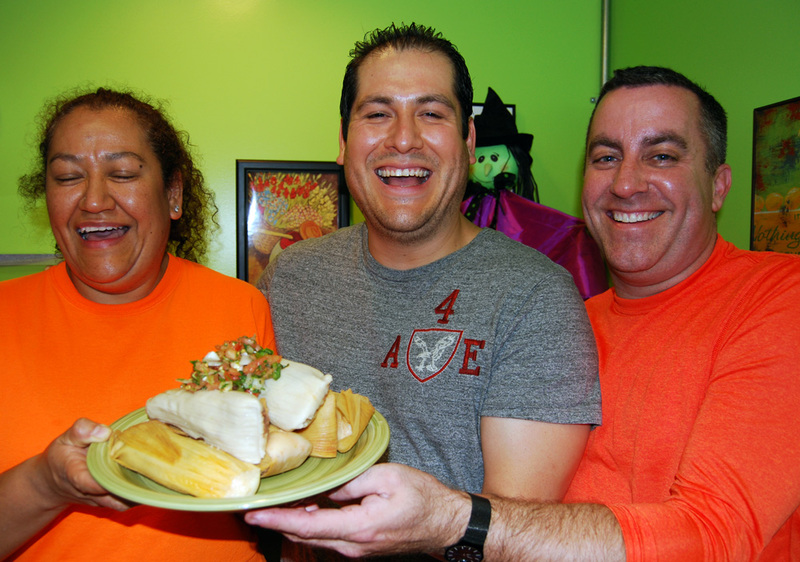My mother was born in southwestern Texas, close enough to the Tex-Mex border to develop a taste for anything that bears that name - especially chili. She loved everything Texas (especially if it was edible), and one rule was sacrosanct: Never utter the words “chili” and “beans” in the same sentence. Those were fightin’ words, you see, because traditional Texas chili is made without beans. And my spice-loving mother never missed a chance to make that point perfectly clear.
A couple of days in advance, she would issue an all-points bulletin. “I’m making chili,” she would announce, peering solemnly over the top of her glasses. That proclamation was the Yesbek household equivalent of yellow police tape: Cross at your own peril.
The process began with the ceremonial rendering of the suet. Suet is the hard, internal fat of beef - the stuff that used to give McDonald’s fries that wonderful taste. (Stand down, food police: We didn’t eat it every day. And besides, it’s none of your business.) I will admit that nowadays I use vegetable oil, and I’ll also admit that my chili never tastes quite as good as my mother’s. After simmering in that big eight-quart stockpot for what seemed an eternity, the dark mixture of ground beef, spices and onions was ready to be used for all sorts of things. And one of those things was tamales.
Some store-bought versions are actually OK, but the process of making tamales at home is simple, but tedious. Masa harina (corn flour with slaked lime) is mixed with chicken broth and the savory liquid from the chili. Purists use lard to get a smooth and creamy texture, but her chili oil was the next best thing. The rest is easy: Slather some onto a square of corn husk, fill with a spoonful of drained chili, and fold the husks to lay flat in a steamer. Top the finished cylinders with diced red onion, a polite dollop of chili and an enthusiastic splash of Tabasco sauce. Ahhh, the nectar of the gods.
As much as I complain about the lack of ethnic food here at the beach, there are a few places where you can actually get good tamales on a regular basis. Yolanda Pineda at Mariachi has them on the menu most of the time, but some of the best in town are handmade at the tiny, almost-impossible-to-find Modern Mixture on Rehoboth Avenue.
You might remember my article about the restaurant crawl I organized for Southern Delaware Tourism and a Virginia food critic who dared question the quality of Rehoboth dining (more fightin’ words). I took him to five of our best eateries - and what does he still talk about? The tamales from Modern Mixture! In fact, he didn’t believe proprietor (and professional fitness trainer) Leo Cabrera when he revealed that he didn’t use lard in the tamale shell. The food critic/trained chef disappeared into the kitchen with Cabrera to unravel the Mystery of the Masa while SoDel Tourism’s James Diehl and I cooled our heels over guacamole and a diet Coke.
Cabrera and his tamale maker, Balbina, have the perfect system: He thinks up new tamale fillings, and she makes them happen. Balbina’s parents sold all sorts of street food in Vera Cruz, Mexico, and her tamale talents are legendary. “It’s all in the hands,” says Cabrera, as Balbina caresses the warm masa around the fillings. Depending on the day, Modern Mixture might have tamales with cheese, jalapeno and tomato, or chorizo, cheese and frijoles refritos, or tamales filled with spiced pork and tomatillo. It’s not all about savory, either. The Tamale Team’s arsenal of sweet treats includes chopped pecan and caramel tamales, and raspberry and cream cheese tamales.
I shudder to think of my mother’s reaction to these newfangled fillings (given how the mention of beans set her off), but Leo’s little care packages swaddled in corn husks are quickly attracting a loyal base of tamale fans. Even the food police love ‘em.























































